

- RFQ
- BOM
-
Contact Us
Tel: +86-0755-83501315
Email: sales@sic-components.com
- Chinese
- English
- French
- German
- Portuguese
- Spanish
- Russian
- Japanese
- Korean
- Arabic
- Irish
- Greek
- Turkish
- Italian
- Danish
- Romanian
- Indonesian
- Czech
- Afrikaans
- Swedish
- Polish
- Basque
- Catalan
- Esperanto
- Hindi
- Lao
- Albanian
- Amharic
- Armenian
- Azerbaijani
- Belarusian
- Bengali
- Bosnian
- Bulgarian
- Cebuano
- Chichewa
- Corsican
- Croatian
- Dutch
- Estonian
- Filipino
- Finnish
- Frisian
- Galician
- Georgian
- Gujarati
- Haitian
- Hausa
- Hawaiian
- Hebrew
- Hmong
- Hungarian
- Icelandic
- Igbo
- Javanese
- Kannada
- Kazakh
- Khmer
- Kurdish
- Kyrgyz
- Latin
- Latvian
- Lithuanian
- Luxembou..
- Macedonian
- Malagasy
- Malay
- Malayalam
- Maltese
- Maori
- Marathi
- Mongolian
- Burmese
- Nepali
- Norwegian
- Pashto
- Persian
- Punjabi
- Serbian
- Sesotho
- Sinhala
- Slovak
- Slovenian
- Somali
- Samoan
- Scots Gaelic
- Shona
- Sindhi
- Sundanese
- Swahili
- Tajik
- Tamil
- Telugu
- Thai
- Ukrainian
- Urdu
- Uzbek
- Vietnamese
- Welsh
- Xhosa
- Yiddish
- Yoruba
- Zulu
- Kinyarwanda
- Tatar
- Oriya
- Turkmen
- Uyghur
Component Terminal Block
1. Definition and Basic Structure
Component terminal blocks are modular units that serve as a reliable means of connecting two or more wires. They consist of an insulated frame, within which there are clamping components and conducting strips. The insulated frame is crucial as it prevents electrical short - circuits between different connections, ensuring safety in operation. The clamping components are designed to firmly secure the wires, while the conducting strips enable the flow of electricity between the connected wires. This basic structure allows multiple outgoing wires to be joined to a single incoming wire, creating organized electrical connections.
2. Connection Methods
2.1 Screw Connections
Screw - type terminal blocks are one of the most common connection methods. In this design, wires are inserted into a designated slot, and then a screw is tightened to compress the wire against a metal surface. This creates a solid electrical connection. The advantage of screw connections is their high degree of reliability. They can hold wires firmly in place, even in environments with vibrations. However, the installation process can be time - consuming, as it requires the use of a screwdriver to tighten each screw, and incorrect tightening can lead to loose connections, which may cause electrical problems such as increased resistance and overheating.
2.2 Spring - Cage Connections
Spring - cage terminal blocks use a spring mechanism to hold the wires in place. Wires are inserted into the spring - loaded opening, and the spring compresses around the wire, providing a secure connection. This method is relatively quick and easy to install, as it does not require the use of tools for each wire connection. It is also suitable for use with both solid and stranded wires. The spring - cage design can withstand vibrations well, making it a popular choice in industrial applications where equipment is subject to movement.
2.3 Push - In Connections
Push - in terminal blocks require the use of ferrules on the wires. The wire, with the ferrule attached, is pushed into a special opening in the terminal block. The terminal block has a mechanism that grips the ferrule, creating an electrical connection. This connection method offers fast installation, as it only requires a simple pushing motion. However, it is important to use the correct size of ferrules to ensure a proper connection. If the ferrule is too small or too large, it can result in a loose connection or difficulty in inserting the wire.
2.4 Plug Connections
Plug - type terminal blocks are designed to be connected and disconnected easily. They are often used in applications where components need to be frequently removed or replaced. A plug - in terminal block has a male and a female part. The male part is attached to one set of wires, and the female part is attached to the other. When the two parts are plugged together, they create an electrical connection. This method provides convenience in maintenance and system reconfiguration but may not be as suitable for high - vibration environments without additional locking mechanisms.
3. Types of Component Terminal Blocks
3.1 Single - Level Pass - Through Terminal Blocks
These are the most basic type, used primarily to connect two wires together at a common junction point. They are extremely useful when a component within a circuit needs to be disconnected or isolated. In industrial applications, for example, they are often used to connect sensors or actuators to the main control circuit. Their simplicity and reliability make them a staple in many electrical systems.
3.2 Ground Terminal Blocks
Ground terminal blocks are similar to pass - through terminal blocks with one key difference: they are grounded. They have a metal connection that runs from the wire termination point to the bottom of the block, which clamps onto the panel. This allows an electrical circuit to be grounded without the need to run a wire all the way to the main ground connection on a breaker or surge protector. Ground terminal blocks play a crucial role in ensuring electrical safety by providing a path for fault currents to flow safely to the ground.
3.3 Fused Terminal Blocks
Fused terminal blocks incorporate a fuse within the block. The fuse provides protection for components in the circuit by breaking the electrical connection in the event of an over - voltage or over - current situation. They function like regular pass - through terminal blocks, but with the added safety feature of the fuse. This type of terminal block is essential in applications where protecting sensitive components from electrical surges and faults is a priority, such as in electronic control systems.
3.4 Multilevel Terminal Blocks
Multilevel terminal blocks are designed to make two or more electrical connections within the same block. They are an improvement over single - level pass - through terminal blocks as they can handle more complex wiring requirements. These blocks can also incorporate fuses and be grounded, providing additional functionality. In control panels with multiple electrical components that need to be interconnected, multilevel terminal blocks can help save space and organize the wiring more efficiently.
3.5 Disconnect Terminal Blocks
Disconnect terminal blocks are similar to fused blocks, but instead of relying on a fuse to interrupt the electrical flow, they have a lever that can be lifted to stop the flow of electricity. They are a more permanent solution for disconnecting a circuit compared to fuse blocks. However, they do not offer protection against power surges. Disconnect terminal blocks are often used in applications where a quick and easy way to isolate a part of the circuit is required, such as in maintenance or repair work.
4. Applications
4.1 Industrial Applications
4.1.1 Power Systems
In industrial power systems, component terminal blocks are essential for connecting power supply wires to heavy - duty equipment and machinery. They ensure a stable and reliable power connection, capable of handling high currents and voltages. For example, in a manufacturing plant, terminal blocks are used to connect the power cables from the main electrical supply to large motors, conveyor systems, and other industrial equipment.
4.1.2 Control Systems
In control systems, terminal blocks link sensors, actuators, and controllers. They enable the smooth transmission of control signals, which are crucial for the proper operation of automated processes. For instance, in a robotic assembly line, sensors detect the position of parts, and the signals from these sensors are transmitted through terminal blocks to the controller. The controller then sends signals back through the terminal blocks to the actuators, which move the robotic arms.
4.1.3 Automation Systems
Automation systems rely heavily on component terminal blocks to connect various components such as programmable logic controllers (PLCs), human - machine interfaces (HMIs), and I/O modules. PLCs are the brains of an automation system, and terminal blocks are used to connect the input and output wires to the PLC, allowing it to communicate with other devices in the system. HMIs, which provide a user interface for operators to monitor and control the system, are also connected to the rest of the system through terminal blocks.
4.1.4 Signal Applications
In communication systems within an industrial setting, terminal blocks are used to connect signal - carrying wires. They ensure the reliable transmission of data and signals, which is vital for functions such as remote monitoring and control. For example, in a large - scale industrial network, terminal blocks are used to connect the wires carrying signals between different communication devices, such as routers, switches, and sensors.
4.2 Commercial Applications
4.2.1 Building Electrical Systems
In commercial buildings, terminal blocks are used in the electrical systems of elevators, escalators, and air - conditioning systems. In elevators, they are used to connect the various electrical components, such as motors, control panels, and sensors, ensuring safe and efficient operation. Similarly, in escalators, terminal blocks help in connecting the drive motors, handrail motors, and safety sensors. In air - conditioning systems, they are used to connect the compressor, fans, and control units.
4.2.2 Lighting Systems
Terminal blocks play a key role in the wiring of commercial lighting systems. They connect the power supply to light fixtures and control devices. This includes connecting the wires from the main electrical panel to fluorescent lights, LED lights, and dimming controls. By using terminal blocks, the wiring in a large - scale lighting installation can be organized, making it easier to install, maintain, and troubleshoot.
4.2.3 Security Systems
Security systems in commercial buildings, including surveillance cameras, access control systems, and alarm systems, rely on terminal blocks for electrical connections. Terminal blocks are used to connect the power cables to the cameras, as well as to connect the various sensors and control units in access control and alarm systems. This ensures that the security systems function properly and are reliable.
4.3 Domestic Applications
4.3.1 Household Appliances
Terminal blocks are commonly used in household appliances such as refrigerators, washing machines, and air conditioners to connect the power supply wires. In a refrigerator, for example, terminal blocks are used to connect the power cord to the compressor, fan motors, and control circuits. In washing machines, they are used to connect the motor, water valves, and control panel. The use of terminal blocks in these appliances simplifies the wiring process and makes it easier to service the appliances.
4.3.2 Home Lighting Systems
In home lighting systems, terminal blocks are used to connect the wires from the power source to the light bulbs and switches. They provide a convenient way to make and break electrical connections, allowing for easy installation and replacement of light fixtures and switches. Whether it's a simple ceiling light or a complex lighting setup with multiple switches and dimmers, terminal blocks help in organizing the wiring.
4.3.3 Home Entertainment Systems
Terminal blocks can also be found in the electrical connections of home entertainment systems, such as TVs, audio equipment, and gaming consoles. They are used to connect the power cords, as well as to connect different components within the entertainment system, such as speakers to an amplifier. This helps in ensuring a stable electrical connection and easy setup of the home entertainment system.
5. Selection Considerations
5.1 Current and Voltage Ratings
When choosing a component terminal block, it is crucial to consider the current and voltage ratings. The current rating of the terminal block should be higher than the maximum current that will flow through the circuit. If the current rating is too low, the terminal block may overheat and fail, potentially causing a fire or damage to the connected components. Similarly, the voltage rating of the terminal block should be suitable for the voltage of the circuit. Excessive voltage can cause dielectric breakdown, leading to electrical leakage and short - circuits.
5.2 Wire Size Compatibility
The terminal block must be able to accommodate the size of the wires being used. The socket or connection point on the terminal block should be large enough to fit the wire comfortably. If the wire is too large for the terminal block, it may not fit properly, resulting in a loose connection. On the other hand, if the wire is too small, it may not make a good electrical contact. Different types of wires, such as single - strand and multi - strand wires, may require different types of terminal blocks. For example, single - strand wires are often more suitable for push - in connections, while multi - strand wires may work better with screw - type terminal blocks.
5.3 Environmental Factors
The environment in which the terminal block will be used also needs to be considered. In industrial settings, where there may be vibrations, high temperatures, or exposure to moisture and chemicals, the terminal block should be able to withstand these conditions. Terminal blocks made of materials that are resistant to corrosion, such as nickel - plated brass, are often preferred in harsh environments. In addition, terminal blocks may need to be sealed to prevent the ingress of moisture or dust. In applications where there is a risk of explosion, such as in some industrial plants, explosion - proof terminal blocks are required.
5.4 Installation and Maintenance Ease
The ease of installation and maintenance is another important factor. Terminal blocks that are easy to install, such as those with push - in or spring - cage connections, can save time during installation. They also make it easier to replace wires or components in the future. Terminal blocks should be designed in such a way that they are easily accessible for inspection and maintenance. This may involve having clear markings on the terminal block for easy identification of connections and having a design that allows for quick disconnection and reconnection of wires.
5.4.1 Tool - Free Installation Advantages
Push - in and spring - cage terminal blocks offer significant benefits in terms of tool - free installation. In large - scale projects, where thousands of connections need to be made, the time saved by eliminating the need for screwdrivers or other tools per connection can be substantial. For instance, in the assembly of electrical control panels for industrial machinery, technicians can install wires much faster with these types of terminal blocks. This not only speeds up the production process but also reduces the risk of repetitive strain injuries that can occur from continuously using hand tools.
Moreover, the tool - free nature makes on - site repairs and modifications more convenient. In a commercial building's electrical system, if a wire needs to be replaced due to damage or an upgrade, maintenance staff can quickly remove and insert new wires without having to search for the right size screwdriver or worry about proper torque settings. This agility is crucial for minimizing downtime in both industrial and commercial applications.
5.4.2 Marking and Identification Systems
Clear markings on terminal blocks are essential for efficient maintenance. Manufacturers often use color - coding, alphanumeric labels, or embossed symbols to identify different functions and connection points. For example, in a complex automation system, power input terminals might be marked in red, while signal output terminals are blue. This visual cue helps technicians quickly distinguish between different types of connections during inspection or troubleshooting.
Some advanced terminal blocks come with removable and replaceable label holders. These allow for custom labeling based on the specific requirements of the installation. In a data center's electrical infrastructure, where numerous wires are connected to various power distribution units, custom labels can indicate the destination of each wire, such as which server rack it supplies power to. This level of detail simplifies the process of tracing wires and diagnosing electrical issues.
5.4.3 Modular and Accessible Designs
Modular terminal block designs enhance both installation and maintenance ease. These blocks are typically arranged in rows and can be easily snapped onto DIN rails. This modularity allows installers to add or remove terminal blocks as needed during the initial setup or when the system's requirements change. In a manufacturing plant that expands its production lines and needs to incorporate additional electrical components, new terminal blocks can be quickly integrated into the existing setup.
Accessibility is also improved with designs that provide ample clearance around the terminal block. For example, some terminal blocks are mounted on raised bases or have angled connections, making it easier to reach the wire entry points. In hard - to - reach areas, such as behind large electrical cabinets or in tight spaces within machinery, these accessible designs ensure that technicians can still work on the terminal blocks without difficulty.
5.4.4 Testing and Monitoring Features
Modern component terminal blocks are increasingly incorporating features that aid in maintenance through testing and monitoring. Some terminal blocks have built - in test points, which allow technicians to measure electrical parameters like voltage and current without having to disconnect the wires. In a power distribution system, these test points enable quick checks to ensure that each circuit is operating within normal parameters.
Others come with indicator lights, such as LEDs, that can show the status of the connection. A green LED might indicate a normal connection, while a red LED could signal a fault or an open circuit. In a home electrical system, these indicators can help homeowners or electricians quickly identify if there is an issue with a particular wire connection in a lighting circuit or an appliance connection, streamlining the maintenance process.
5.4.5 Compatibility with Standard Tools and Practices
Even for terminal blocks that require tools for installation, such as screw - type ones, compatibility with standard tools is important. Using common screwdriver sizes or hex key sizes ensures that maintenance staff can easily work on the terminal blocks with readily available tools. Additionally, following industry - standard installation practices, like proper torque specifications for screw connections, helps in achieving consistent and reliable installations.
In the context of maintenance, adherence to these standards also simplifies the replacement of terminal blocks. If a terminal block needs to be swapped out due to damage or obsolescence, having a design that conforms to industry standards means that finding a suitable replacement is straightforward. This compatibility reduces the learning curve for technicians and minimizes the chances of errors during installation and maintenance operations.
Introducing our versatile and reliable Terminal Block, a crucial component for electrical connections in a wide range of applications. Our Terminal Block provides a secure and efficient way to connect and disconnect electrical wires, making it ideal for use in control panels, power distribution systems, industrial machinery, and many other electrical devices. With its durable construction and easy-to-use design, our Terminal Block offers a convenient solution for organizing and managing a variety of wire connections. Its modular design allows for flexibility and customization, making it suitable for different wire sizes and configurations. Additionally, it provides a safe and secure connection, ensuring reliable electrical continuity and reducing the risk of electrical faults. Whether used in commercial, industrial, or residential applications, our Terminal Block is a dependable and cost-effective solution for all your electrical connection needs. Trust our Terminal Block to provide a reliable and safe way to manage your electrical wiring,
saving you time and effort in your electrical projects.
https://www.sic-components.com/category-all

Hot Products
View MoreRelated Blogs

2000+
Daily average RFQ Volume

30,000,000
Standard Product Unit

2800+
Worldwide Manufacturers

15,000 m2
In-stock Warehouse




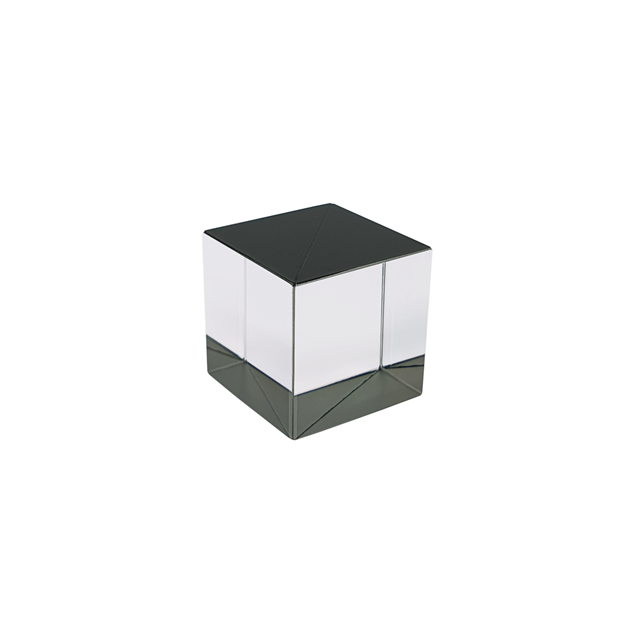
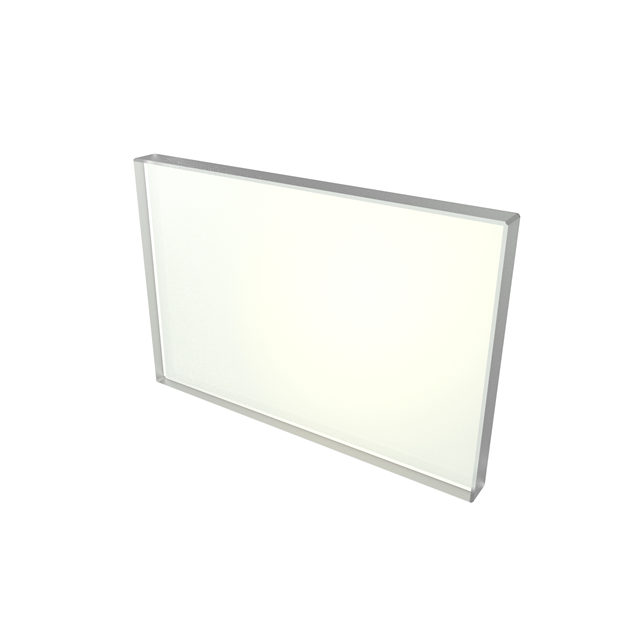
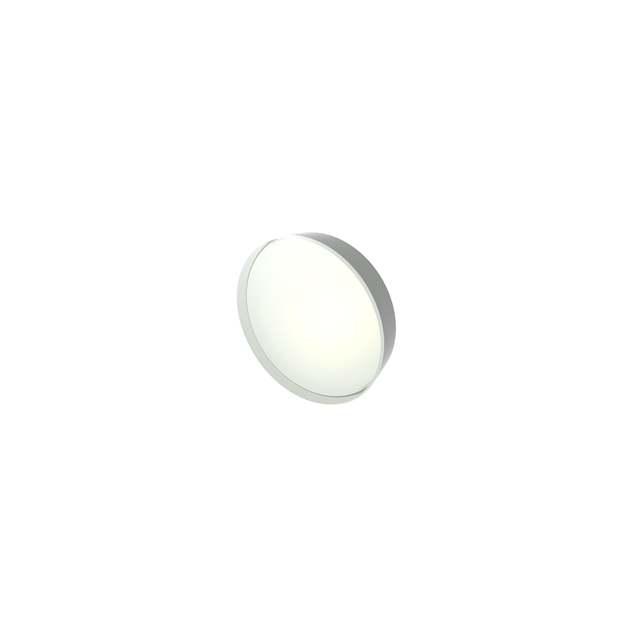
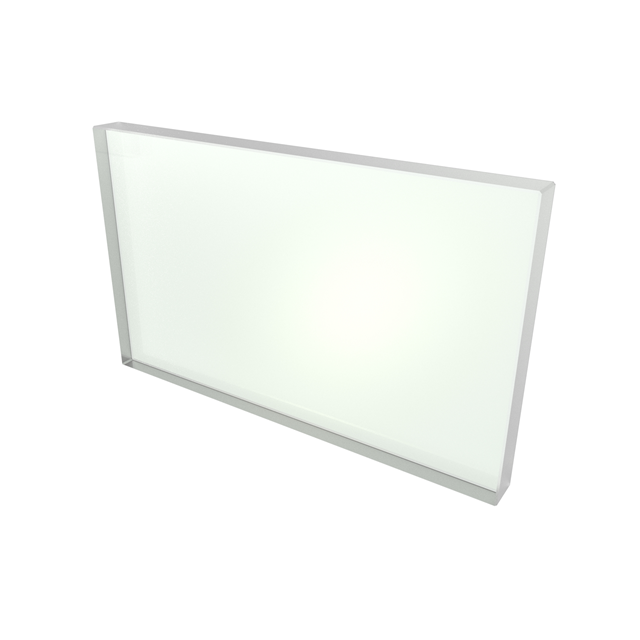
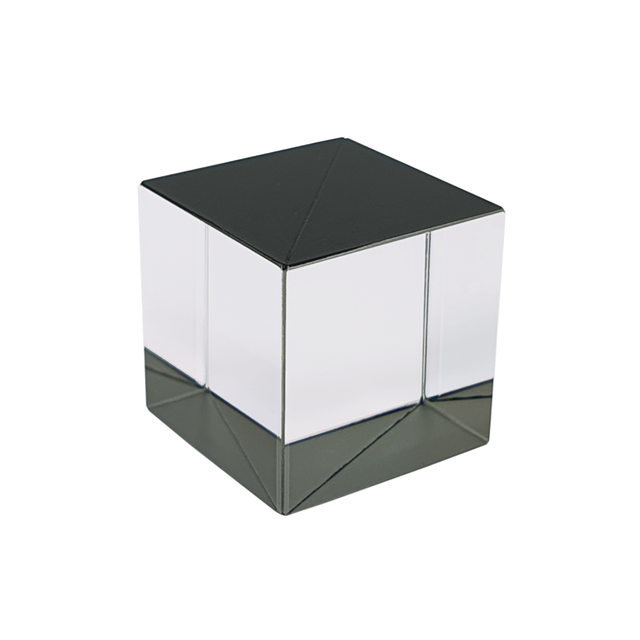
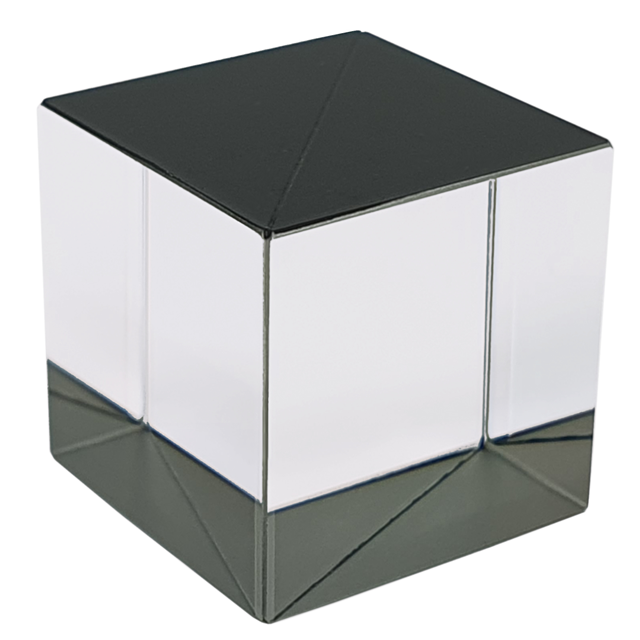

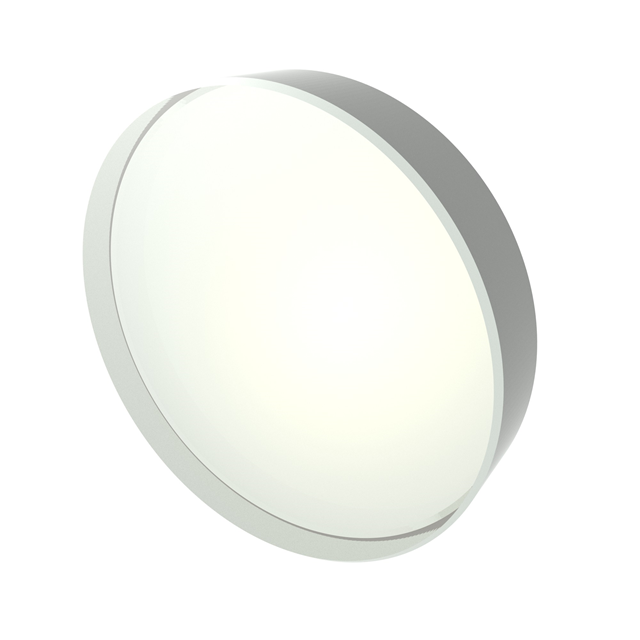
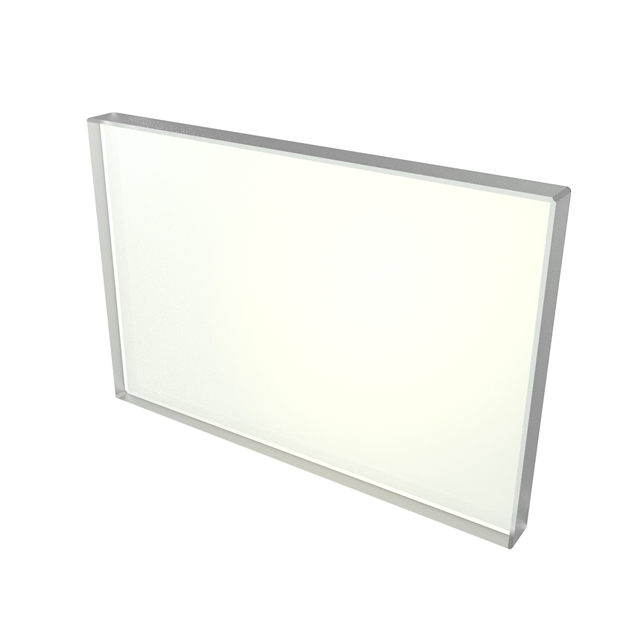
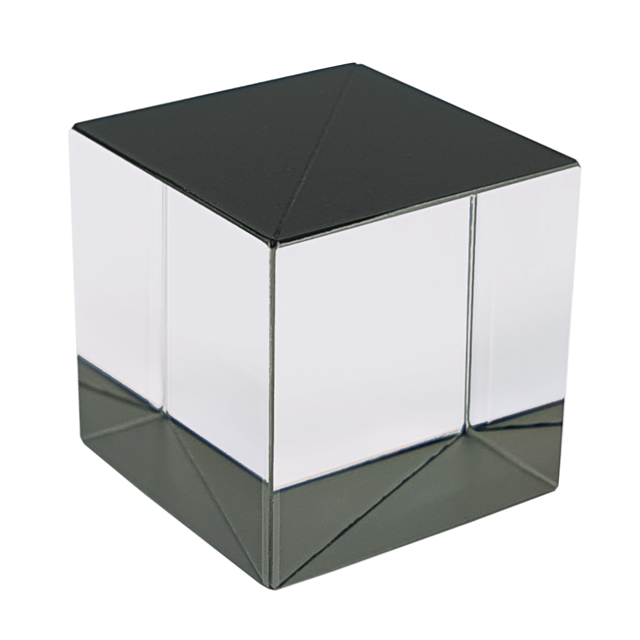
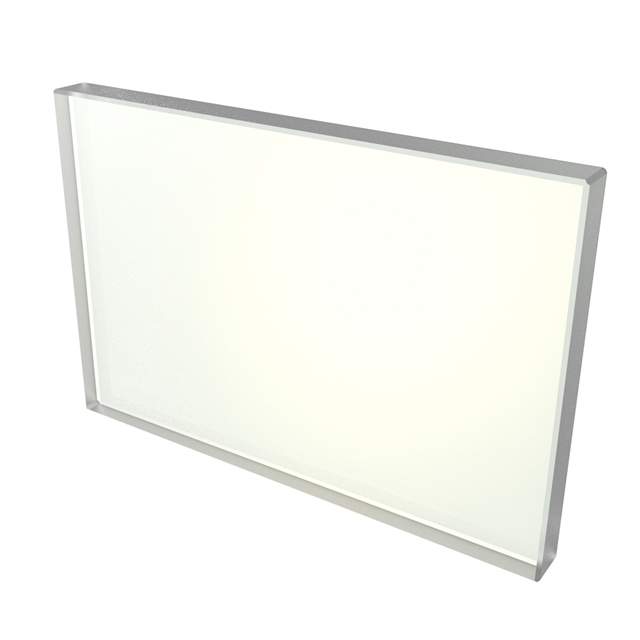

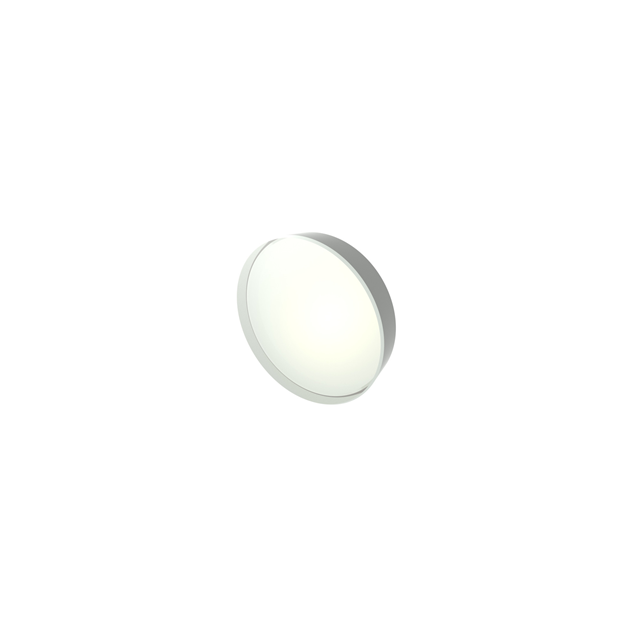
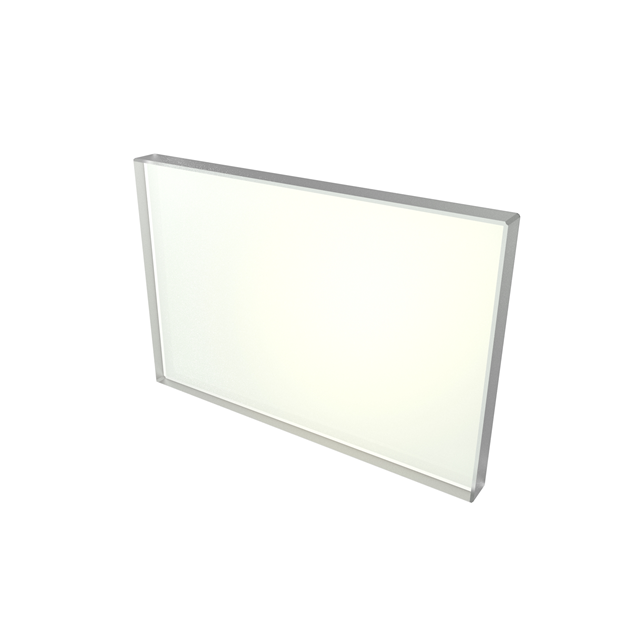
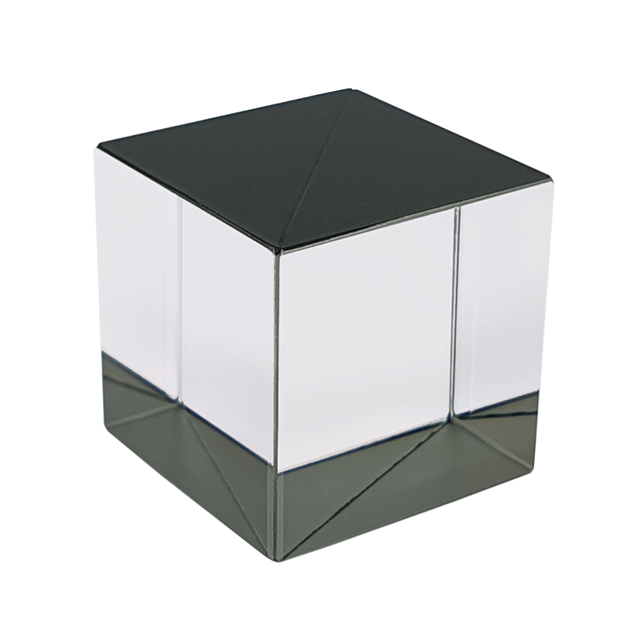

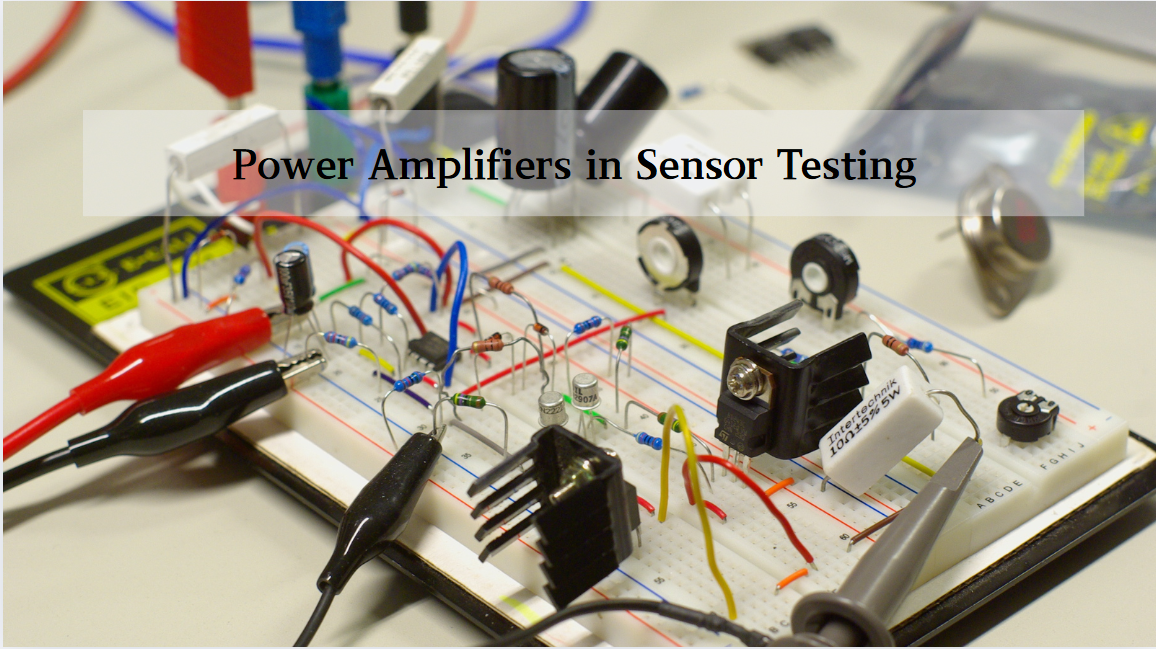
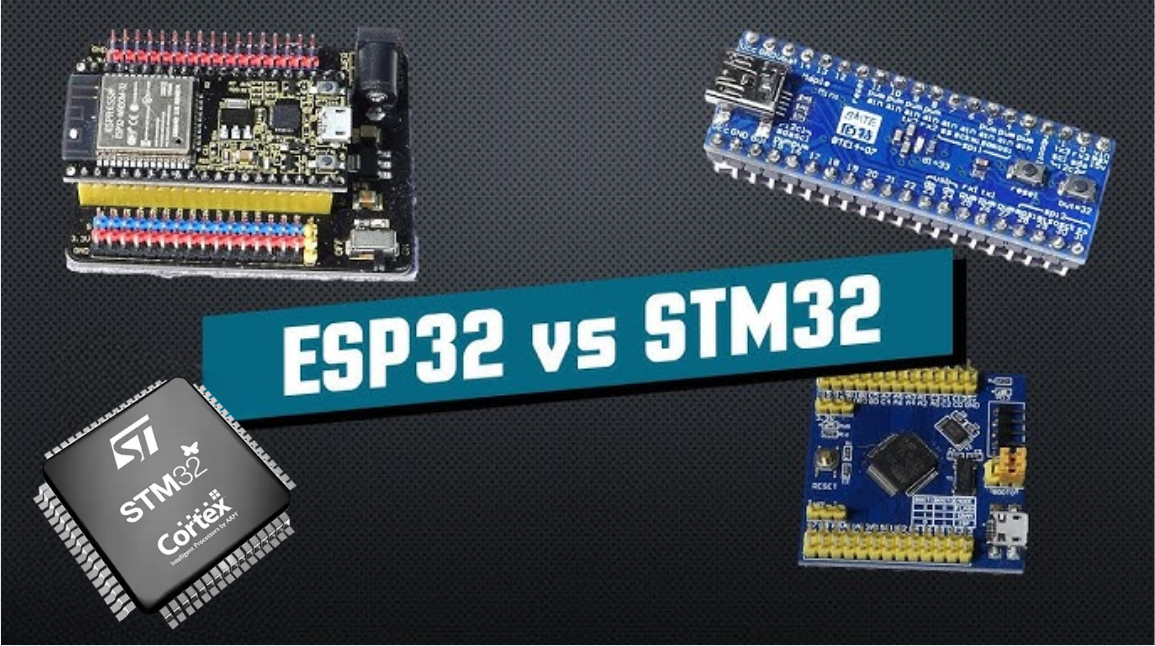
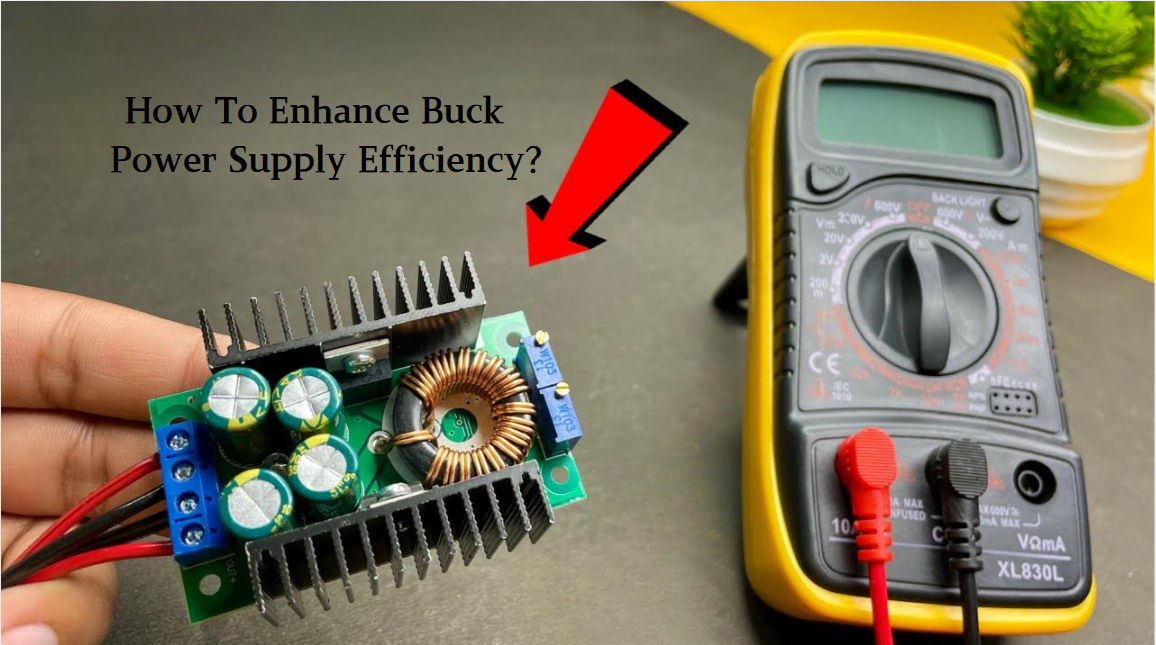






 Wishlist (0 Items)
Wishlist (0 Items) 